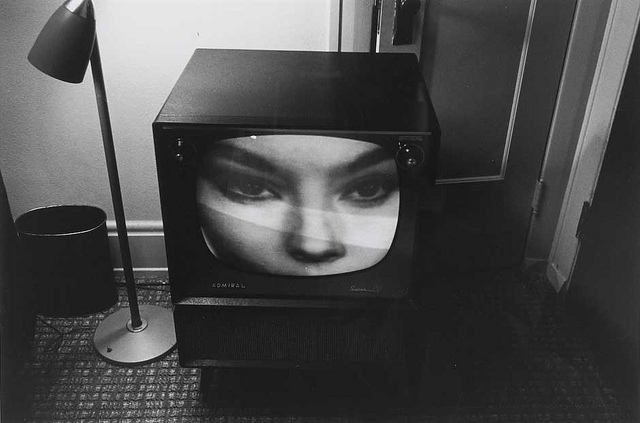To help you improve and make progress, here is some additional guidance for your DPS. Look back at your feedback from your teacher (and also reflect on your own work) and use the elements below to identify what is missing from your magazine.
Create a flat plan which incorporates all these elements (where appropriate) to avoid making the mistakes of your first draft!
My advice: look loosely at an example of a real DPS from a magazine that you are trying to emulate.
Headline: a phrase that summarises the main point of the article. Headlines are in large print and different style in order to catch the attention of the reader.
Standfirst: block of text that introduces the story, normally in a style different to the body text and headline.
Byline: the line above the story, which gives the author’s name and sometimes their job and location (known as the dateline).
Page furniture: everything on the page except pictures or text of stories.
Pull quote: a quote from the story that is enlarged and appears within the text.
Crosshead: bolded/large text that breaks up a long story.
Sidebar: this is a panel or box on a page containing graphics or other information about an article. It is eye-catching and breaks the story up into different elements.
Caption: a brief description of a photograph or graphic.
The TWO slides below are here to show you how real magazines use these features, so READ THEM.
